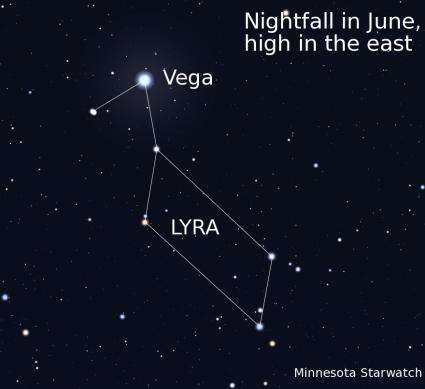Points North: Will Pheasant Hunting Drown In An Ethanol Sea?
| Attachment | Size |
|---|---|
| FinalCut_PN_20110129.mp3 | 4.45 MB |
Two recent actions by Congress and the administration are very likely to result in far fewer pheasants in Minnesota and across the Midwest. First, the tax bill compromise passed in December contained financial incentives to encourage more ethanol production. This month, the EPA approved increasing the allowable amount of ethanol added to gasoline from 10 to 15 percent. This one-two punch, coupled with rising gas prices, is almost certain to ramp up the demand for ethanol. The problem for pheasants, simply put, is more ethanol means more corn. And more corn means less wildlife habitat—and fewer pheasants.
The writing is on the wall. Projections already show millions of acres across the Upper Midwest are being removed from the Conservation Reserve Program (CRP) as the set-aside grasslands are plowed up and converted to row crops. For more than two decades, CRP lands provided vital habitat for pheasants, songbirds and other farmland wildlife on an agricultural landscape known as the Black Desert. Where intensive farming occurs, CRP acres are only available wildlife habitat.
The demise of farmland wildlife is but one negative outcome of ethanol production. Grain-based alcohol is a fuel that only politicians, lobbyists and profiteers can love. Although it is touted as a homegrown wonder fuel that reduces both emissions and our dependence on foreign oil, the reality of ethanol falls far short of the hype.
Ethanol is a white elephant that promoters and politicians have cynically dyed green. Ethanol production requires vast inputs of fossil fuels as fertilizers, fuel and energy to grow corn and convert it to alcohol--offsetting most of ethanol’s supposed benefits for reducing the same. Water quality suffers, too. In Minnesota, corn is grown in fields underlain with drain tiles that whisk runoff into ditches and on downstream to the Mississippi River. Nutrients leached from corn fields eventually reach the Gulf of Mexico, where they contribute to the creation of an oxygen-deprived “dead zone” in the ocean. Ethanol plants also require tremendous amounts of water, sometimes stressing the groundwater supply available for the local community.
Once you wash off the green dye, the white elephant becomes apparent. Ethanol is not cost-competitive as a fuel without a continued infusion of federal subsidies to offset production costs and make it affordable at the pump. In other words, every gallon of ethanol-diluted gasoline you put into your car costs our debt-ridden government money.
Ethanol likely leads to higher prices at the grocery store. Corn is the underpinning for our nation’s food supply, providing everything from sugar to livestock fodder. Nevertheless, about 40 percent of the nation's corn crop is devoted to ethanol production, pinching supplies for everything from livestock feed to tortillas in Mexico. To meet demand, increasing amounts of cropland are devoted to growing corn, limiting the land available to produce other crops.
Is it wise for our nation to be so dependent on corn as a raw material for food, fodder and fuel? Do we have alternative ways to feed ourselves and our livestock should a catastrophic failure of the corn crop occur? Does our corn addiction create vulnerability for our national security? Would it not be in our best interest to seek solutions other than corn-based ethanol to meet our energy needs?
Critics of ethanol are asking such questions, but so far they don’t seem to be influencing the government’s corn-crazed status quo. Instead, politicians, including members of the Minnesota delegation, choose to perpetuate an ethanol energy policy that is harmful to the environment and the economy. It is difficult to see the wisdom in a strategy where conservation programs simply repair damage resulting from ongoing government policies. We subsidize not only ethanol production, but also mitigate its most harmful environmental consequences with government funding—flood damage and control, wetland and wildlife habitat restoration, and water quality initiatives.
For whatever the reason, the ethanol debacle hasn’t yet struck a nerve with the general public, even among those who claim they want to eliminate wasteful government spending. Perhaps the only ones who pay attention to what is happening in the nation’s bread basket are pheasant hunters or others who measure benefits derived from the land in something other than bushels of corn. That’s too bad, because the fate of pheasants is a barometer for the environmental health of the nation’s farmlands.
Photo courtesy of cassini83 via wikimedia.
Airdate: January 29, 2011
Tweet






